i implemented a normal 'for each'-Loop (not the excel specific for each row) in my UIPath Project.
The for-each Loop looks through a datatable with previously retrieved data from an excel file.
The for-each-loop then itererates through the Data with an if-else behind it.
Lets say it is as follows:
for each item in dataTable:
if (content of item == "10")
{
write cell: "Test" into A + index.ToString()
// leads for instance to writing into excel column 'A1'
}
else
{ write cell: "ElseTest" into for C + index.ToString() }
-- I used the syntax just for presentation-purposes.. :D
-> So the problem is: writing into the cells takes so much time, where else putting out a MessageBox with random text inside the if and elses is done in milli-seconds, so the for-each-loop can't be the problem...
I ran that process with task manager opened and found out that Excel starts up, CPU percantage increases heavily, immidiately jumps to 0%... same happens again, for each iteration through the loop.
Why is that? Is there a more optimised way to do that?
I need the for-each structure, because I need to check if it's either value 1 or value 2 inside the cell...

